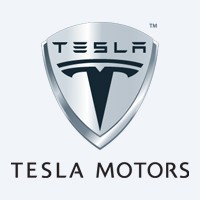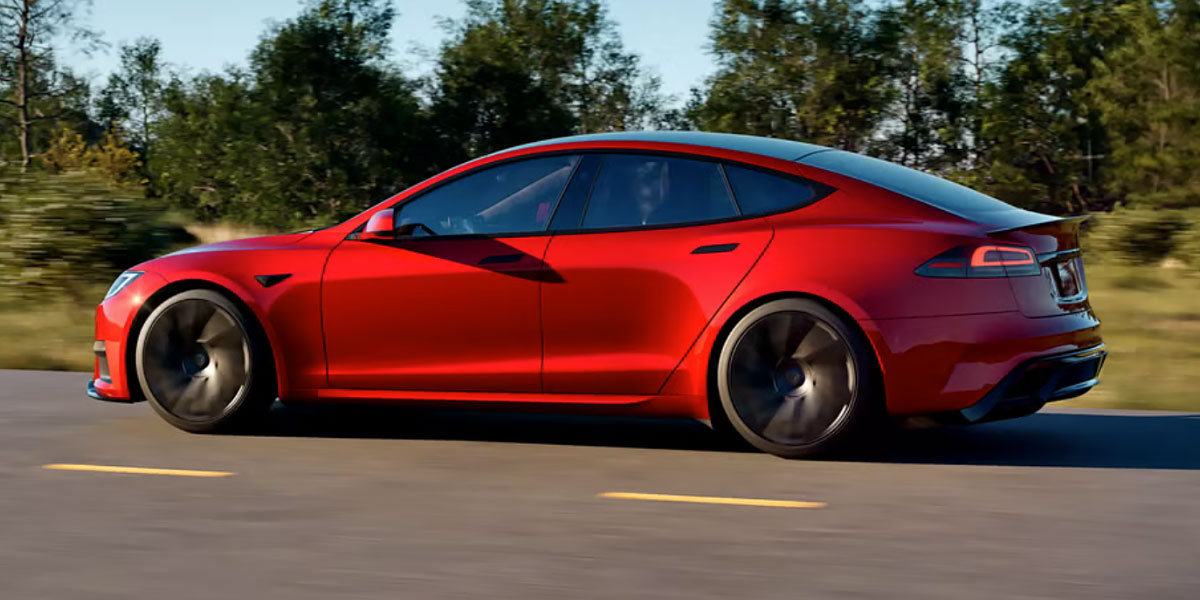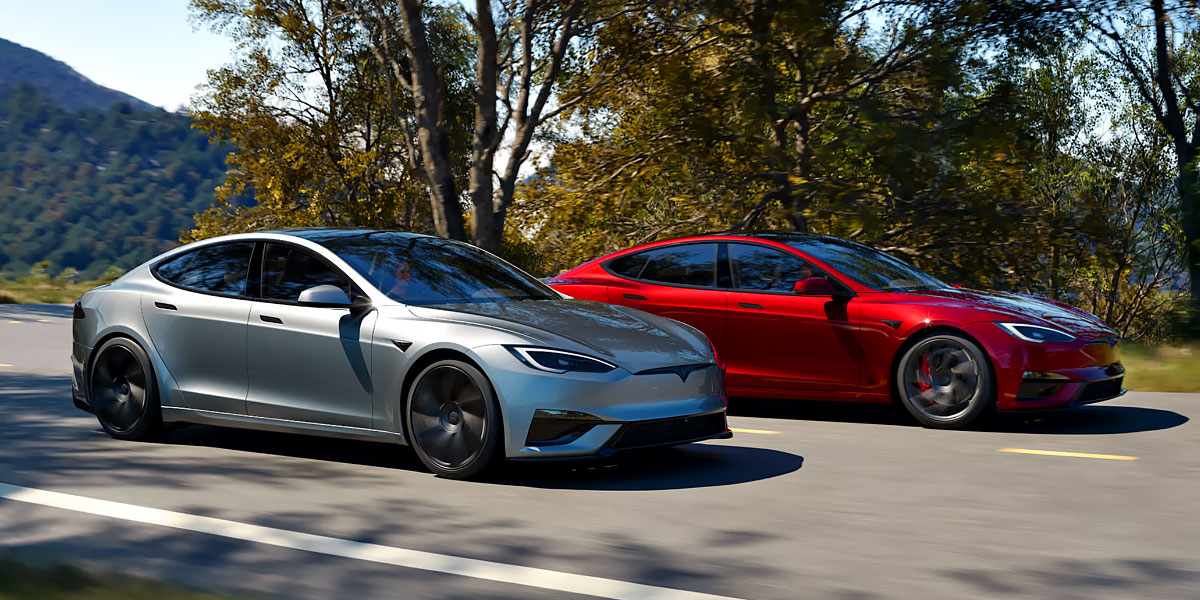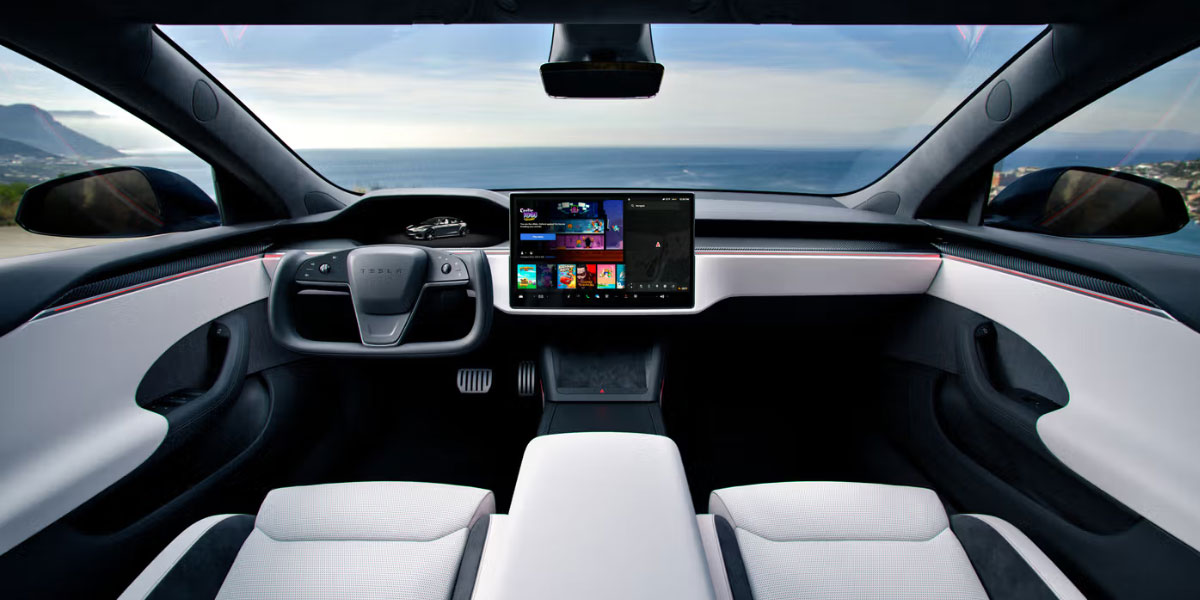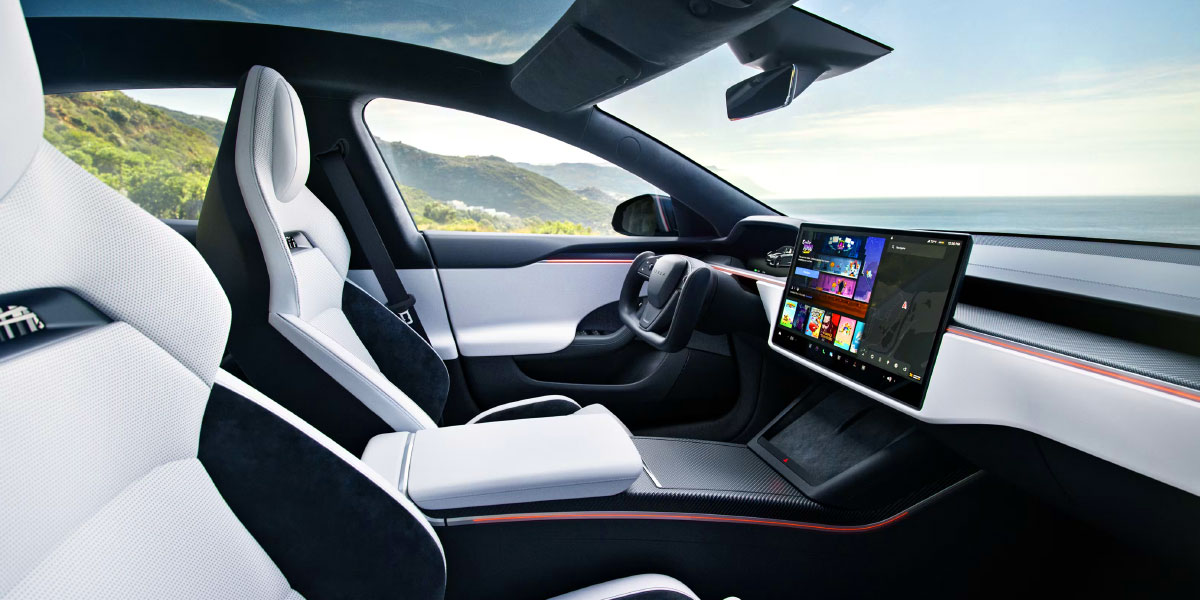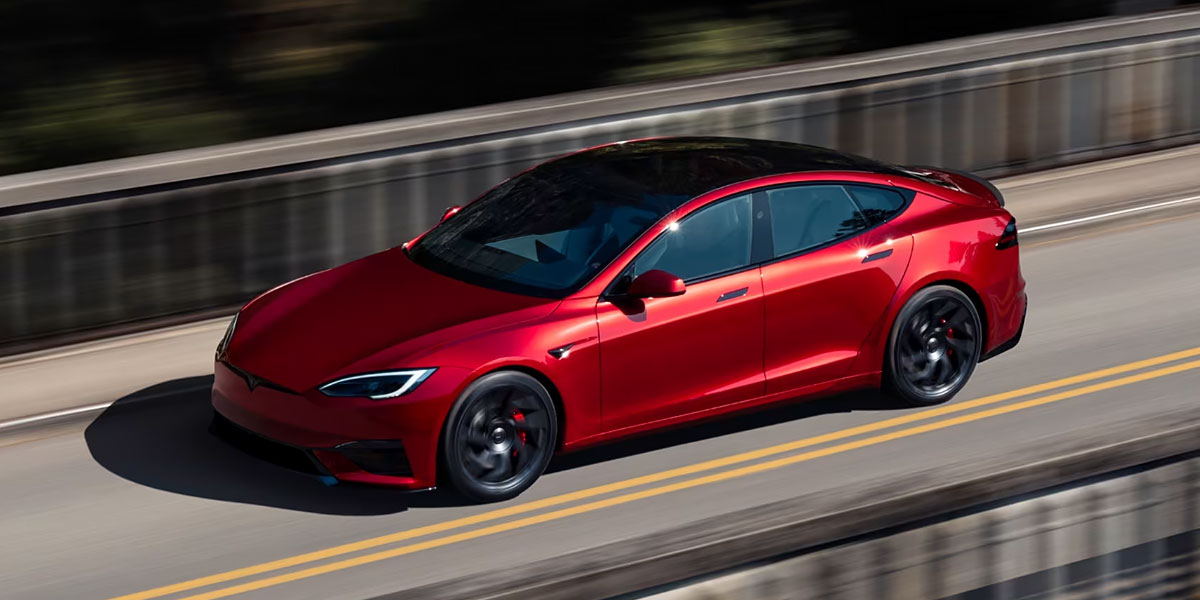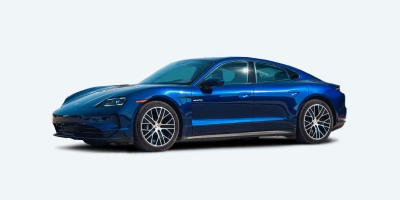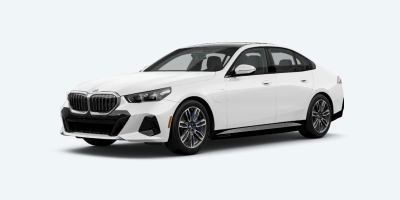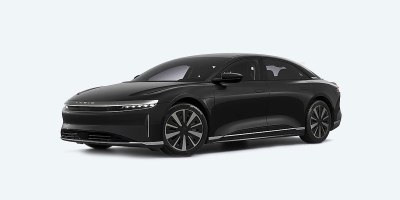Tesla Model S 2026
User Rating: 3.57 / 5





The Tesla Model S is a U.S.-built luxury EV liftback with ~410 miles (660 km) of range, dual-motor AWD, 100 kWh battery, 0–100 km/h in 3.1 s, and DC fast charging ~37 minutes (10–90%). Base price: US$ 94,990 (€81,630, £71,900) as of today’s conversion.
Starting price: US$ 94990 *
Technical Specifications:
| manufactured in | USA |
| model year | 2026 |
| electric range (km) | 660 |
| battery (kWh) | 100 |
| max. speed (km/h) | 209 |
| 0 to 100 km/h (sec) | 3.1 |
| power (h.p.) | 670 |
| car type | sedan |
| power type | full-electric |
| drive type | AWD |
* Minimum price set by the manufacturer, excluding taxes and additional options
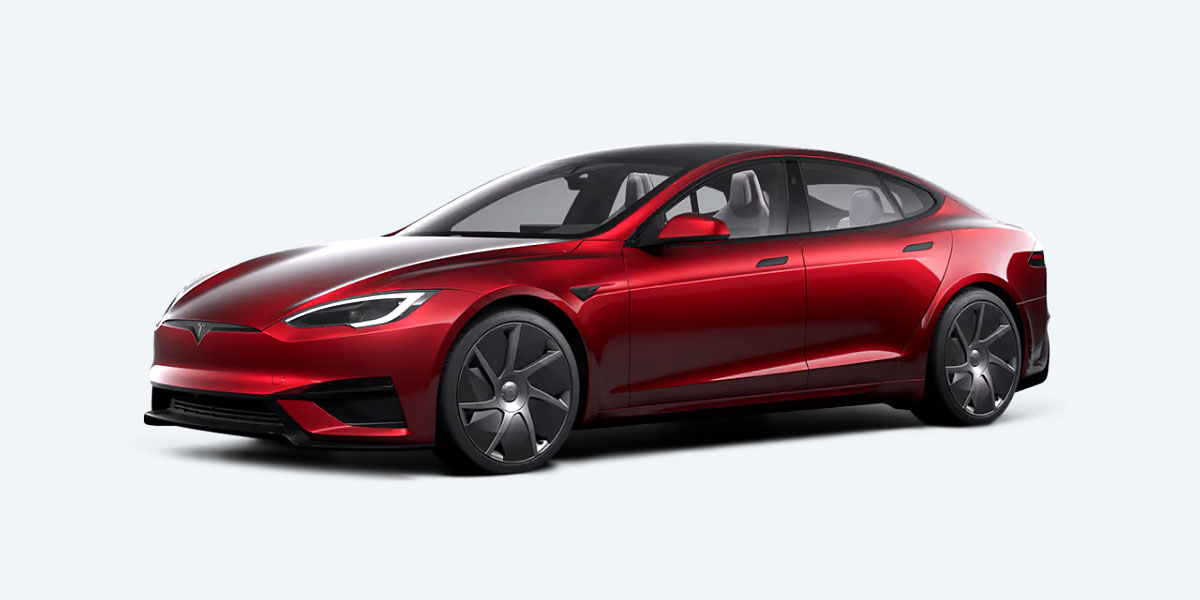
Exterior and Interior photos of Tesla Model S 2026
Tesla Model S 2026 Review
Introduction to Tesla Model S
Tesla Model S steps into 2026 as a full-electric liftback built in the United States, targeting range-centric shoppers who prize swift acceleration and quiet composure. The flagship sedan runs a dual-motor AWD layout, couples a 100 kWh battery pack, and leans on an expansive Supercharger network access. Sales begin late 2025 to early 2026 with a starting price of US$ 94,990 (€81,630, £71,900). A low-drag silhouette and adaptive LED lighting keep efficiency and night vision in lockstep, while software over the air keeps the tech stack fresh.
- Manufacturing & unveiling: U.S.-built liftback sedan; late-2025/early-2026 market arrival for the refreshed baseline.
- Positioning: Long-range luxury EV with dual-motor AWD EV traction and high-speed composure.
- Starting price: Base Dual Motor at US$ 94,990 (€81,630, £71,900); conversions reflect current rates.
- Tech focus: over-the-air updates, expansive driver assistance, and regenerative braking feel tuned for smooth commuting.
- Efficiency: low drag aerodynamics, heat-pump thermal strategy, and smart route planning bolster EPA highway efficiency.
Battery, Range and Performance:
Battery, Charging and Range
The sedan carries a 100 kWh battery pack paired to high-voltage architecture that favors stable fast-charge curves. Expect an EPA-aligned reach of about 410 miles (660 km) under balanced conditions, aided by heat-pump efficiency and intelligent thermal gating. A 240-V home setup fills from near empty in roughly 9.7 hours, while DC fast charging can take the pack from ~10% to ~90% in about 37 minutes when preconditioned. Regenerative braking tuning supports single-pedal driving, smoothing decel while reclaiming energy. Route planning folds in charger availability and live conditions for reliable road-trip pacing.
- Usable capacity: ~100 kWh; thermal management optimized for repeat performance
- Range: ~410 mi (660 km) EPA-style estimate
- AC charge: ~9.7 h @ 240 V (Level 2)
- DC fast: ~37 min (10–90%) with preconditioning
Performance Specifications
The AWD layout uses dual permanent-magnet motors for clean launches and tidy traction allocation. Peak output lands around 670 hp (≈ 501 kW), funneling thrust through a single-speed reduction. Sprinting from 0–100 km/h happens in about 3.1 s (0–62 mph), and maximum velocity reaches 209 km/h (130 mph). An independent suspension at all four corners balances ride and body control, while cabin noise isolation calms long stretches. Steering weight adapts by mode, so city errands feel light and highway stints stay settled.
- Drive type: AWD (dual motor)
- Total power: ~670 hp (≈ 501 kW)
- 0–100 km/h: ~3.1 s (0–62 mph)
- Top speed: ~209 km/h (130 mph)
Known modifications include a Plaid tri-motor variant emphasizing higher output and track-durable cooling. Pricing starts at US$ 109,990 (€94,530, £83,250) with correspondingly quicker acceleration and elevated hardware.
Exterior and Interior Features
Exterior
Proportions favor a long hood, fast roof arc, and shortened overhangs for a planted stance. The bodywork emphasizes low drag aerodynamics via underbody paneling, aero-shaped wheels, and tight panel gaps. Lighting advances with adaptive LED lighting signatures and crisp DRLs. Dimensions measure about 500.9 cm (197.2 in) long, 219 cm (86.2 in with mirrors) wide, and 143 cm (56.3 in) high, with a 295.9 cm (116.5 in) wheelbase.
Interior
The cabin champions a minimalist cockpit layout dominated by a large touchscreen infotainment suite with over-the-air updates and rich graphics. Upholstery uses durable leatherette, with heated/ventilated seating up front and tri-zone climate control. Cabin noise isolation counters road thrum, and a panoramic glass area brightens the space. Cargo tallies to about 397 L behind the seats, scaling to roughly 798 L total when using the rear fold-down and front trunk.
Pros and Cons:
Pros
- Long-range electric sedan reach near 410 mi (660 km) supports confident interstate cruising.
- DC fast charging times around 37 minutes (10–90%) enable brisk turnarounds.
- dual-motor AWD EV traction with instant response and steady high-speed stability.
- Supercharger network access simplifies route planning and reduces charging guesswork.
- over-the-air updates keep features current without service-bay visits.
Cons
- Limited native smartphone mirroring may disappoint app-centric drivers.
- Some drivers prefer firmer pedal feel versus pronounced regenerative braking feel.
- Sparse physical controls require acclimation to the touchscreen infotainment suite.
Prices depending on the trim and options:
| Dual Motor AWD (Base) | US$ 94,990 (€81,630, £71,900) |
| Plaid (Tri-Motor AWD) | US$ 109,990 (€94,530, £83,250) |
Verdict: Long-Range Pace with Everyday Polish
In short, the Tesla Model S pairs distance with drama, fusing a 100 kWh pack and dual-motor shove into a hush-quiet grand tourer. The sedan feels settled at speed, sips electrons prudently on the highway, and charges quickly when planned right. Cabin tech stays fresh via over-the-air updates, while assistance stacks on peace of mind. Pricing aligns with premium rivals, yet running costs tilt favorably thanks to efficient energy use and a dependable fast-charge footprint.
Manufacturer: Tesla Motors
Watch the Video Overview
Comparison:
Stacked against Lucid Air Pure, Porsche Taycan, Mercedes-Benz EQE, and BMW i5, the focus lands on reach, recharge rhythm, thrust, and sticker math. The goal: clear differentiation on range (mi/km), acceleration (s), power (hp/kW), fast-charge time, and price (USD/EUR/GBP).
Range (mi / km)
Tesla Model S: ~410 mi (660 km). Lucid Air Pure: strong highway stamina near the top of the pack, often cresting 400 mi (≈ 644 km). Porsche Taycan: efficiency improves with updates, commonly in the 300–350 mi band (≈ 483–563 km). Mercedes-Benz EQE: mid-to-high 300s mi (≈ 563–600+ km) depending on tire and motor spec. BMW i5: typically 270–320 mi (≈ 435–515 km) based on battery and wheel choices.
Acceleration (0–62 mph / 0–100 km/h)
Tesla Model S: ~3.1 s from dual-motor output. Porsche Taycan trims bring repeatable launches near super-sedan territory. Lucid Air Pure favors smooth, muscular pulls. EQE hits confident mid-pack numbers, while i5 balances quick starts with ride serenity.
Power (hp / kW)
Tesla Model S: ~670 hp (≈ 501 kW). Lucid Air Pure spans stout ratings with high-voltage hardware. Porsche Taycan brings surge on demand via launch control. Mercedes-Benz EQE prioritizes quiet torque delivery. BMW i5 aims for balanced daily performance.
Charging Time (DC Fast)
Tesla Model S: ~37 minutes (10–90%) on high-output DC. Lucid Air Pure benefits from robust peak rates and strong mid-curve retention. Porsche Taycan 800-V gear excels in short sessions when the pack is primed. EQE maintains dependable averages. i5 trends competitive with solid thermal control.
Price (USD → EUR / GBP)
Tesla Model S: US$ 94,990 (≈ €81,630 / £71,900). Lucid Air Pure: pricing varies by region; convert with the rates above for parity checks. Porsche Taycan: premium MSRP tiers escalate quickly; conversions highlight a sizable delta. Mercedes-Benz EQE and BMW i5: generally undercut Taycan in base trims; cross-shop with equipment to normalize totals.
F.A.Q.:
What is usable battery capacity?
The pack provides about 100 kWh, managed by liquid thermal control for stable output. Expect consistent performance in mixed temperatures with preconditioning before DC charging.
What is the driving range on a charge?
The Tesla Model S targets roughly 410 miles (660 km) under EPA-style use. Highway pacing and temperature can nudge results up or down modestly.
How quick is 0–60 mph acceleration?
Figure about 0–62 mph (0–100 km/h) in 3.1 seconds for the dual-motor baseline. Instant torque and AWD traction help repeat brisk launches.
What is the top speed?
Maximum velocity lands around 130 mph (209 km/h). Stability systems and aero balance keep the chassis composed at pace.
How long does home charging take?
Level 2 at 240 V runs near 9.7 hours from low to full. A high-amperage wall connector trims the dwell with better current.
How fast is DC fast charging?
Expect roughly 37 minutes from ~10% to ~90% with preconditioning. Route planning selects optimal chargers to maintain pack temperature.
What is total power output?
Around 670 hp (≈ 501 kW) from two motors. The single-speed reduction delivers seamless and linear thrust.
How much cargo space is available?
About 397 L behind the rear seats, scaling toward ~798 L including the front trunk and fold-downs. The liftback opening eases bulky loads.
What is the price?
The Tesla Model S Dual Motor lists at US$ 94,990 (€81,630, £71,900). The Plaid starts at US$ 109,990 (€94,530, £83,250).
Latest News:
Related news from the different online sources
October 22, 2025 Tesla relaunches the Model S in Europe after a three-month pause, featuring a mild refresh with Frost Blue paint, new aero wheels for better efficiency, and a front bumper camera. Deliveries start in weeks, offering up to 410 miles of range and 0-60 mph in 3.1 seconds for the dual-motor version. Ideal for luxury EV fans seeking quick acceleration and over-the-air updates.
August 18, 2025 Tesla hikes Model S prices by $10,000 to $96,630 for the base AWD, bundling lifetime Supercharging and Full Self-Driving capability. The Plaid trim hits $101,630 with 1,020 horsepower and 348-mile range. This move targets dedicated buyers amid declining sales, emphasizing premium perks like faster charging and advanced autonomy for highway cruising.
July 7, 2025 The 2026 Model S Plaid gets a quiet update, boosting range to 368 miles thanks to aero tweaks and sound deadening for a quieter cabin. Retaining its blistering 1.99-second 0-60 mph sprint, it now includes adaptive headlights and dynamic interior lighting. Perfect for performance enthusiasts wanting supercar speed with everyday EV usability and Tesla's seamless software ecosystem.
June 13, 2025 Tesla refreshes the Model S with a $5,000 price bump to $86,630 base, adding Frost Blue color, efficiency-enhancing wheels, and a front camera for better parking. Enhanced suspension smooths the ride, while ambient lighting elevates the minimalist interior. With 402-mile range and rapid charging, it's a refined choice for American commuters prioritizing tech-forward luxury in an electric sedan.
May 27, 2025 Spied prototypes reveal Tesla's upcoming Model S tweaks, including subtle front and rear diffuser changes plus interior light strips like the Model 3. A Plaid version lapped the Nurburgring, hinting at handling upgrades. Expect maintained 405-mile range and tri-motor power, appealing to track-day drivers who value Tesla's instant torque and expansive Supercharger network for cross-country trips.

